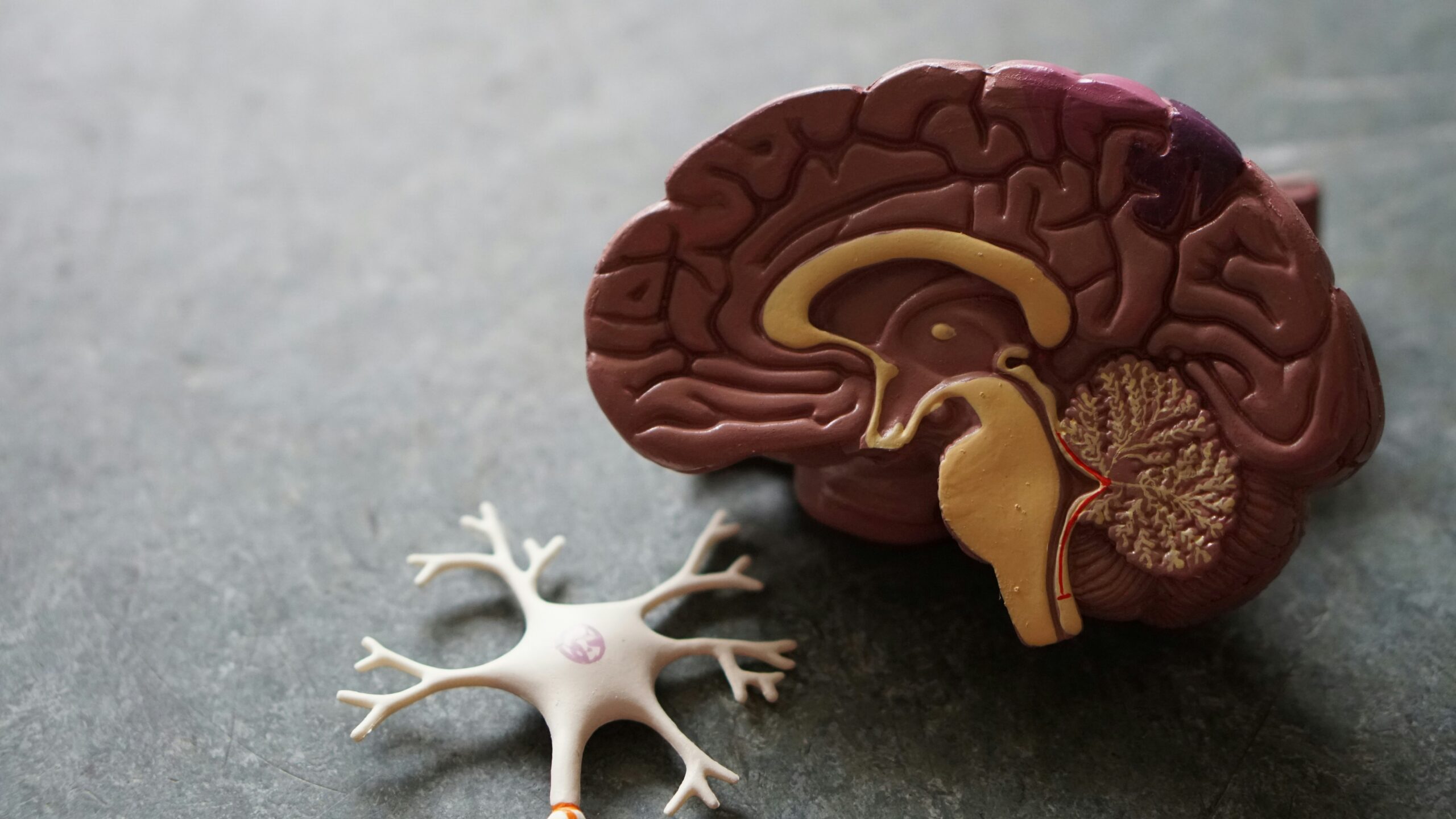News
Microplastics reported in human brains
Scientists have found large quantities of microplastics in human brains. They examined samples from deceased individuals and found that microplastics and nanoplastics accumulate at higher levels in the brain, compared to the liver and kidney. The study also found significantly higher concentrations of plastic particles in samples from 2024 compared to those from 2016. The researchers suggest increased concentrations of microplastics in our homes, air, and water could be to blame. The study was performed by scientists at the University of New Mexico and published in Nature Medicine.
MOMENTUM researchers Emma Kasteel and Remco Westerink from Utrecht University are both surprised by the high levels of microplastics that have been found. Talking to Dutch newspaper De Volkskrant, Westerink emphasises that we do not yet know enough about the health effects of microplastics but that the fact that they are present is cause for concern.
Kasteel agrees in an interview with National Geographic. She adds that while we cannot completely avoid getting exposed to plastic, there are some small choices we can make to reduce exposure. For example, minimizing single-use plastics, ventilating our homes well, vacuuming regularly, and avoiding cosmetic products to which plastic particles have been added intentionally.




